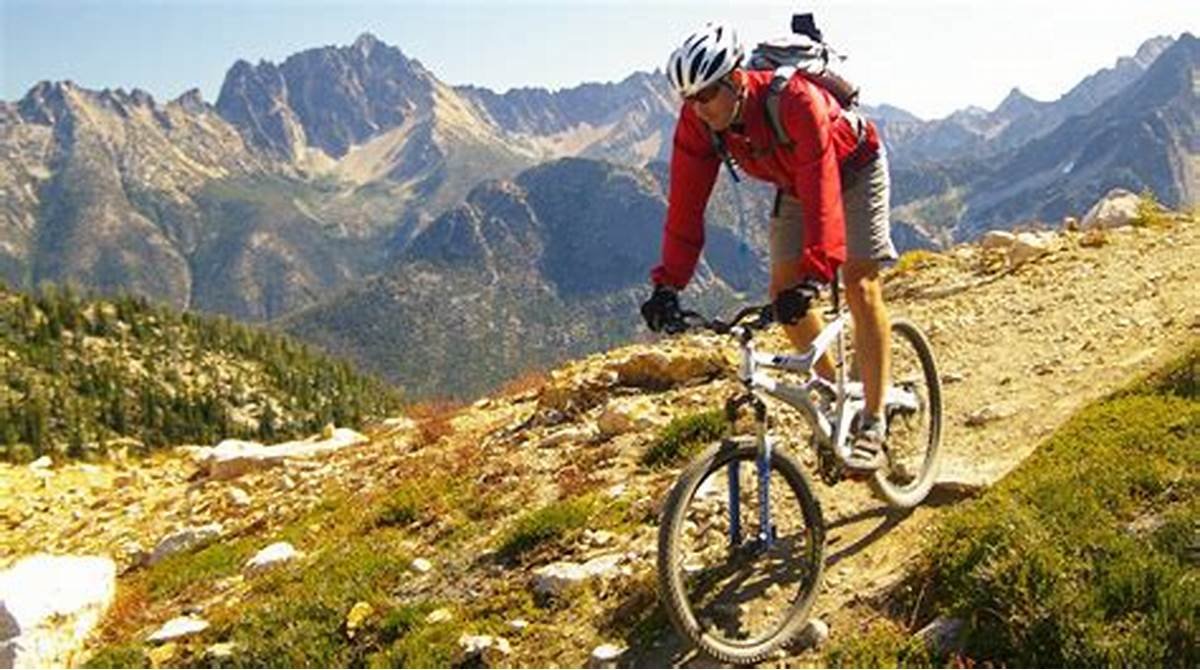Mountain biking vs. road biking are two popular cycling disciplines, each offering unique experiences and challenges. While both share a love for cycling, they cater to different environments, techniques, and equipment. Here’s a comprehensive comparison to help you understand the key differences between mountain biking and road biking.
Terrain and Environment
Mountain Biking:
Mountain biking takes place on off-road trails, including dirt paths, rocky terrains, and forested areas. Riders navigate a variety of obstacles, such as roots, rocks, and steep descents. This discipline emphasizes adaptability and requires handling skills to manage technical features.
Road Biking:
Road biking occurs on paved surfaces, including highways and city streets. Riders enjoy smooth, uninterrupted paths, focusing on speed and distance. The environment is often more predictable, with fewer obstacles than mountain biking.
Bike Design
Mountain Bikes:
Mountain bikes are designed for durability and stability. They feature:
- Wide Tires: These provide better traction on uneven surfaces.
- Full Suspension: Many mountain bikes have front and rear suspension to absorb shocks from rough terrain.
- Sturdy Frames: Constructed from materials like aluminum or carbon fiber, mountain bike frames are built to withstand impacts.
Road Bikes:
Road bikes prioritize speed and efficiency. Their design includes:
- Narrow Tires: Slim tires reduce rolling resistance, allowing for faster speeds on pavement.
- Lightweight Frames: Road bikes are often lighter than mountain bikes, made from materials that enhance speed and handling.
- Aerodynamic Design: Features like drop handlebars and a more aggressive riding position help reduce wind resistance.
Riding Style and Techniques
Mountain Biking:
Mountain biking requires a different riding style. Key techniques include:
- Body Positioning: Riders shift their weight to maintain balance on descents and climbs.
- Braking Control: Knowing when and how to brake is crucial for navigating technical trails.
- Cornering: Riders lean into turns while maintaining stability to avoid losing control.
Road Biking:
Road biking emphasizes a more consistent riding style. Important techniques include:
- Pacing: Maintaining a steady pace is essential for long-distance rides.
- Group Riding: Understanding how to ride in a group, including drafting and positioning, can enhance efficiency.
- Climbing Technique: Riders must manage their effort during ascents to maintain speed.
Fitness and Training
Mountain Biking:
Mountain biking offers a full-body workout, engaging various muscle groups and improving balance and coordination. Riders often incorporate strength training and skills practice into their training regimen to enhance performance on technical trails.
Road Biking:
Road biking primarily focuses on cardiovascular fitness and endurance. Riders typically engage in long-distance rides and interval training to build stamina and speed. The training often emphasizes aerobic conditioning and leg strength.
Community and Culture
Mountain Biking:
Mountain biking has a vibrant, adventurous community. Riders often emphasize camaraderie and shared experiences on the trails. Events like downhill races and enduro competitions foster a sense of community among enthusiasts.
Road Biking:
Road biking also boasts a strong community, often centered around club rides and events. Competitive road racing, such as criteriums and gran fondos, attracts serious cyclists looking to test their speed and endurance.

Conclusion
While mountain biking and road biking share a passion for cycling, they cater to different preferences and environments. Mountain biking focuses on rugged terrains and technical skills, while road biking emphasizes speed and endurance on paved surfaces. Understanding these differences can help you choose the discipline that aligns with your interests and goals, whether you’re seeking adventure in the wild or a fast-paced ride on the road.




